Case Story: Helsinki City Libraries
From Empty Shelves to Overflowing Success
“It will be interesting to see what the collections of the libraries in Helsinki will look like with the floating process. Will there be a specific children’s collection somewhere, for example? I think people might at first be confused by the new way of picking up reservations, but they need not worry, because our staff is there to help everyone. Guidance and presence will be increasing in the future as unloading and logistic work will be reduced"
Saara Ihamäk, Regional Library Services Director, Helsinki City Libraries
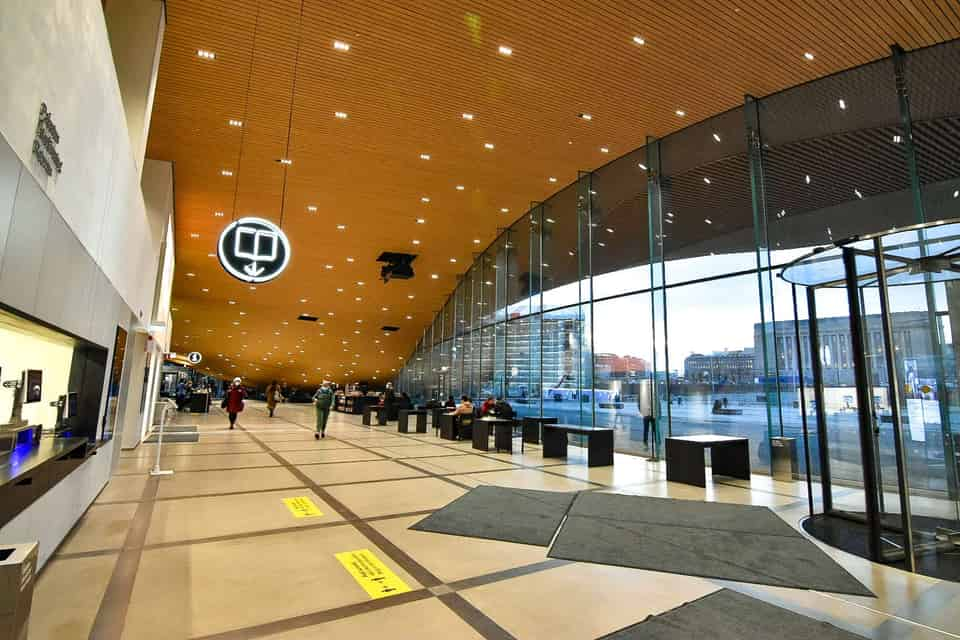
About Helsinki City Libraries
On 7 October 1860, the Helsinki People’s Library opened. In its first year of operation, the library held about 400 to 500 books and circulated about 1,700 loans over the next years the library moved from one rented location to the next.
In 1877 money was donated to a new permanent building and in 1882 the Rikhardinkatu Library opened its doors as the first building in the entire Nordic region that was designed as a public library. Over the next years, branches around the city opened among them the Kallio Library in 1912.
In 1910, the library adopted a new charter as the “Helsinki City Library.” As the People’s Library, the focus was on the needs of the working populace, but the City Library was required to serve all residents regardless of social class.
At the start of the 20th Century the library’s annual circulation volume exceeded 200,000 loans. In 1912, there was a shift to free borrowing and the circulation rate quickly rose to 500,000. In 1930, the library achieved 1 million loans for the first time. To handle the library’s growing collection and activity, the Rikhardinkatu Library was expanded in 1922, and through the 1930s the city sought to build a new main library; however, the outbreak of World War II in 1939 mooted those efforts.
In 1998 the plans for a new beautiful central library in the city center were resurrected to conclude with the opening of the beautiful and world-famous Oodi library in December 2018.
In addition to serving the needs of Helsinki’s population, in 1981 the Helsinki City Library began serving as the national central library for Finnish public libraries, and in 2018 it gained responsibility for overseeing the development of libraries nationwide under the 2016 Public Libraries Act.
As of 2020, the Helsinki Library has 36 branches and one central library. It also operates two bookmobiles. Its collection has more than 1,8 million items and a staff of 457. Circulation is more than 7 million items per year.
The Challenges and the Solution
When the construction of Oodi was approved by the City government it was on one condition, the library would not get extra staff to man the 17,250 m2 large library building, nor would they get a higher material budget to help fill the shelves. This put pressure on the library management to look for smart solutions, which could help staff manage and distribute materials throughout the entire city library system.
It was decided to float the collections, but management was fully aware of the pitfalls of floating – where some branches would be depleted, and others flooded with returns. However, rumors of a new system developed by the two largest Danish libraries and Lyngsoe Systems to manage just that situation were spreading in the library world and Helsinki staff traveled to Copenhagen and Aarhus to learn more. The system was IMMS™ the Lyngsoe Systems Intelligent Material Management System.
Several Danish libraries had already benefited from automation in the process of managing the entire practical and logistic process around the physical book, freeing staff time and enabling the institutions to focus on their core task: customer service.
Having IMMS™ in the equation would enable the management to fulfill the Oodi vision of serving as a huge reading room and a civic center with only 100,000 books on the shelves. The items are to be continuously replaced by others brought from a 3.5-million-volume active repository/Media hotel located in another part of the city.
As the first library outside Denmark and the first library using Innovative’s Sierra ILS the Helsinki City libraries decided to implement IMMS™ in 2018.
"I would say that right from the beginning feedback from staff was “less sore hands with the change to batch handling”

Satu Holmberg
Project Mananger, Helsinki City Library
The Implementation
Satu Holmberg, IMMS™ project manager tells that when the decision to adopt IMMS™ was finally made, things had to go very quickly indeed as Oodi was scheduled to be opened in late 2018.
However, the necessary Sierra integration had to be done first and the actual implementation started in late September 2018. The core implementation group consisted of 3 people (=2 FTE) covering cataloging, circulation services and logistics unit and a metadata librarian. The team size moved up and down due to time restraints and other duties, and right from the beginning, it was seen as important to involve staff from the local libraries.
As IMMS™ relies on knowledge of the physical layout of all the local libraries, right down to the amount of shelf space each library has, the 40 km of shelving across all the libraries had to be registered. Close collaboration with the local staff was important as it was also seen as an opportunity for training and knowledge sharing.
The entire registration was done in less than two months, and the speed didn’t leave much time to contemplate or do any testing to learn more about the system. Another large challenge was the fact that despite other branches being full of books, the new shelves at Oodi stood empty. Planning for the content distribution had to be done on paper and not from real life. To help fill the 5.2 km of shelves in Oodi there was put a stop to all weeding in the entire library system and some 20,000 new books were bought to put on the empty shelves.
With the opening of Oodi library visits quickly increased from 6.5 million a year, to over 9 million. This was managed with no increase in staffing levels. The staffing structure was changed from working in individual libraries to knowledge teams across branches and these big organizational changes required big staff meetings. This left very little time to disseminate information about IMMS™ to everybody. However regular IMMS™ one-hour webinars for all staff have been implemented successfully.
With IMMS™ also came floating collections. For this to succeed there need to be space on the shelves and with irregular weeding practices and worries about throwing the last copy out weeding was slow and not very efficient.
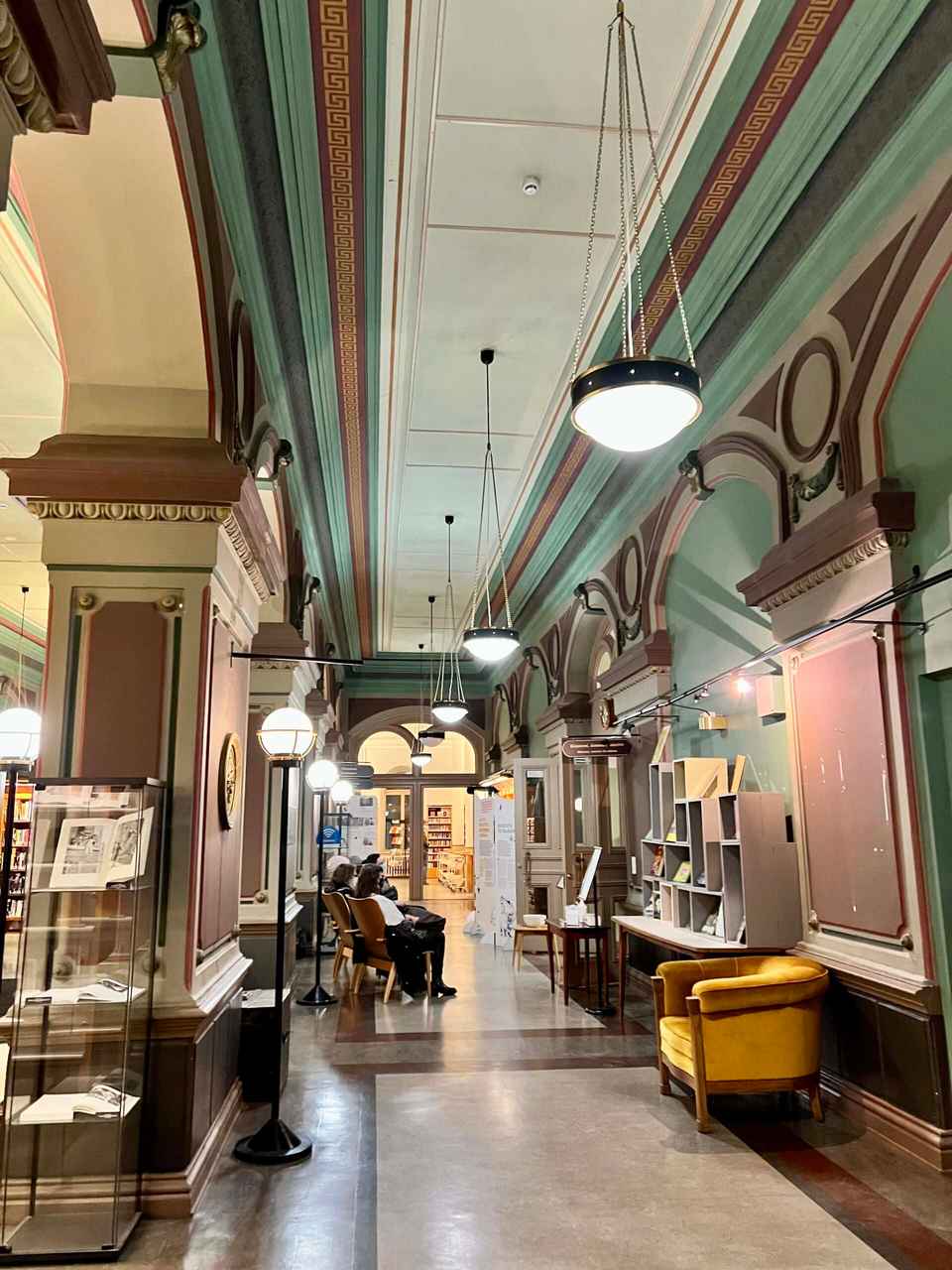
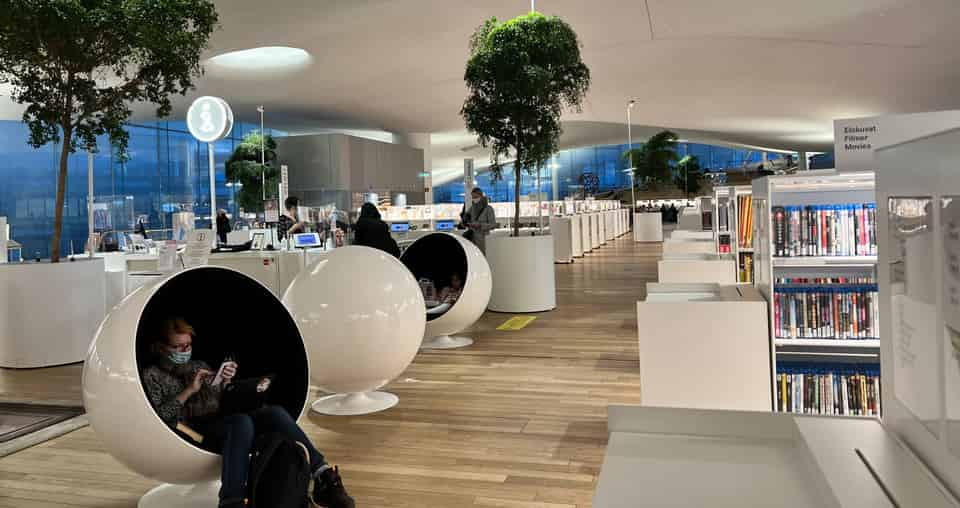
Benefits
Very soon after the IMMS™ go live in May 2019 the smaller libraries were thrilled to discover they now had new and different items. However, some of the bigger libraries commented that they needed particular titles in their collections, not understanding that the items were doing what library books are supposed to do: circulating instead of sitting on the shelves.
In some libraries the shelves were *very* full at the beginning meaning that there was no space for the IMMS™ algorithm to assign new material. As a result, the library did not see any benefit of the floating collection. Better weeding practices were introduced, and this made room on the shelves so that IMMS™ could direct more new titles to fill the free space.

With IMMS™ implemented, weeding has become a lot simpler, the algorithm recommends only items where use goes below a set threshold, and as library policy is to always keep two copies, staff can be confident that the items on the weeding list will never be the last.
One of the biggest benefits right from the beginning was paperless processes and batch handling. Time spent on handling items for shelving was cut in half and the time spent on holds or reservations was cut from 30 minutes per box to 5 minutes. Given that Helsinki processes around 50,000 totes per year this released a huge amount of staff time.
Paperless holds have been well received by the patrons. During the first months the libraries had staff in the holds pick up area assisting the pubic, but it quickly became routine as the numbered shelves are intuitive and quick to use. A user can come to their branch, return books, and pick up a handful of holds all within a few minutes.
The libraries have started putting exhibitions close to reservation shelves to entice users to borrow more, to help staff Satu has made an IMMS inspiration menu of exhibitions to choose from. When a subject has been chosen IMMS™ will then direct the desired titles to the designated place and pull titles from across the entire library collections.
"Get to know your collection ahead of implementation and spend time with the individual libraries to get them onboard Take a close look at the entire collection of the entire library system: the libraries across Helsinki were VERY different – some libraries had DVDs along with the books. The collection must be normalized, so take the discussions about how to retain individuality while sharing content ahead of time. Central acquisition is much more painful than anything else You will save a lot of pain if that is in place from the beginning."

Satu Holmberg
Project Mananger, Helsinki City Library
The Results
- Evenly floating collections throughout the system.
- Large new library location in full production with no extra staff and stable collection size.
- Less physical strain on staff due to less material handling.
- Covid handled through paperless processes, ease of managing holds for increased numbers, ability to manage shelf fill to accommodate more items during low circulation periods.
Explore our Products and Solutions
Automated Material Handling
Simplify your library operations with Automated Material Handling. Enjoy faster returns, seamless sorting, and improved overall efficiency.
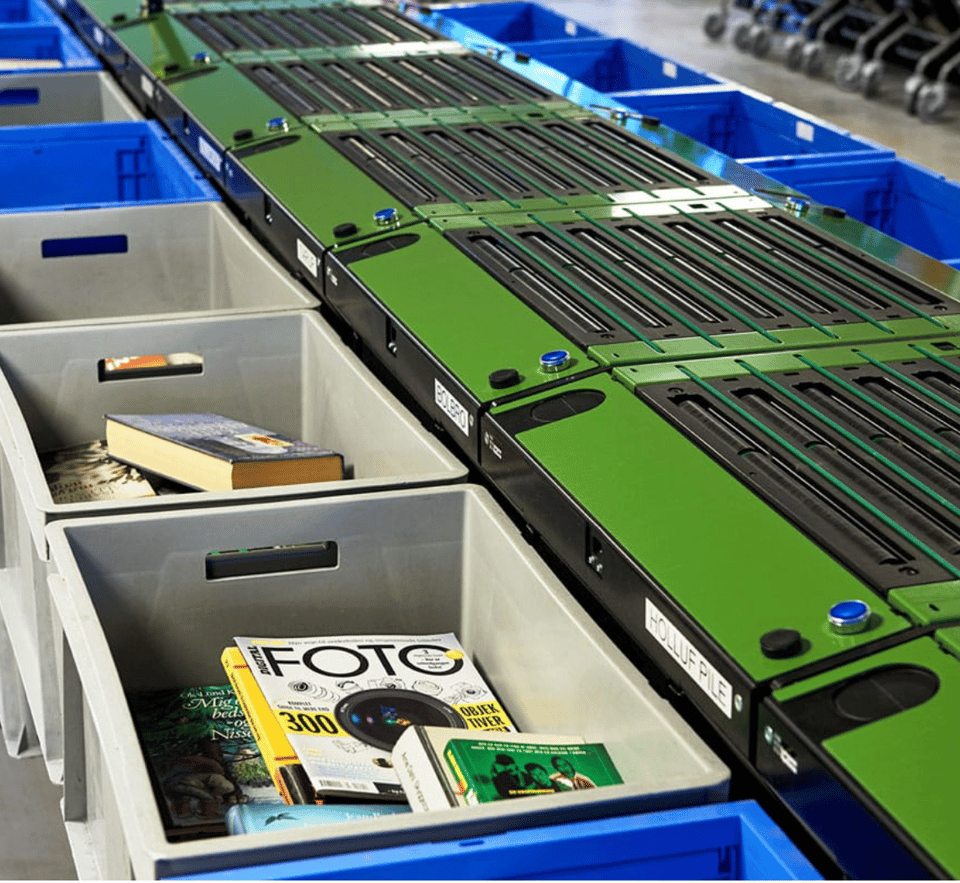
Self Service Equipment
Empower your patrons with our Self-Service Equipment. From easy check-outs to efficient returns, make every library visit a seamless experience.
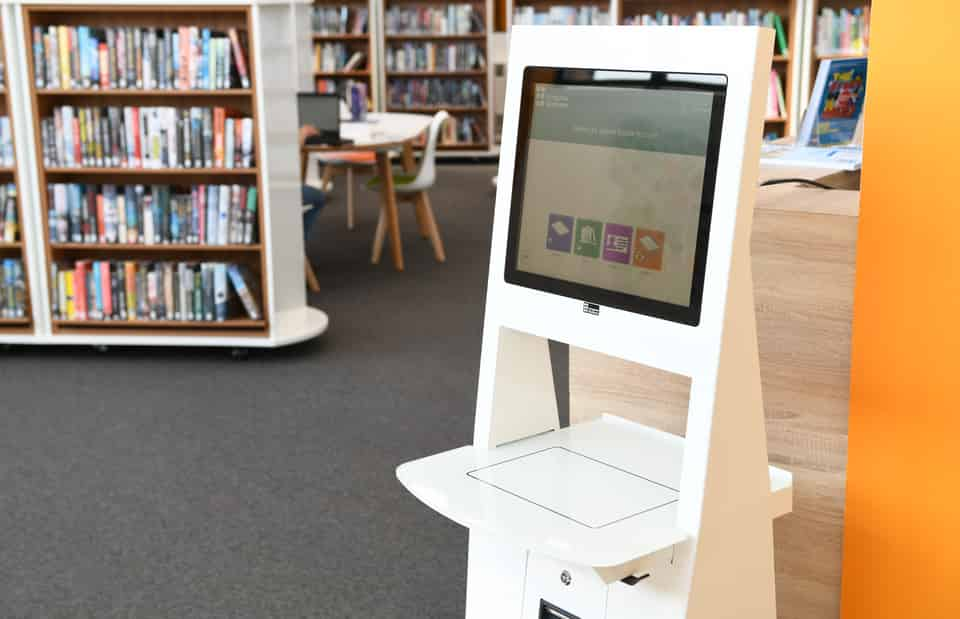
Intelligent Material Management System
Take control of your collection with IMMS. From data-driven insights to ergonomic handling, transform the way your library manages its resources.
